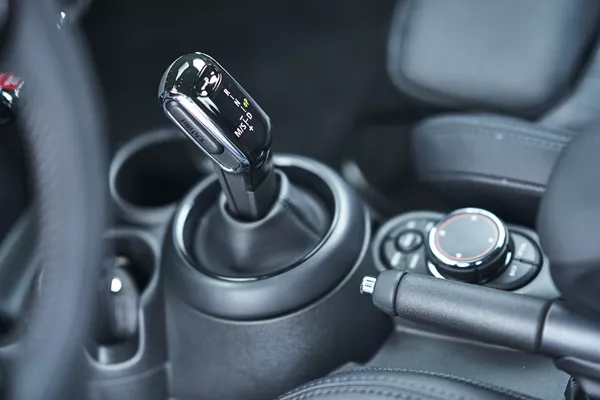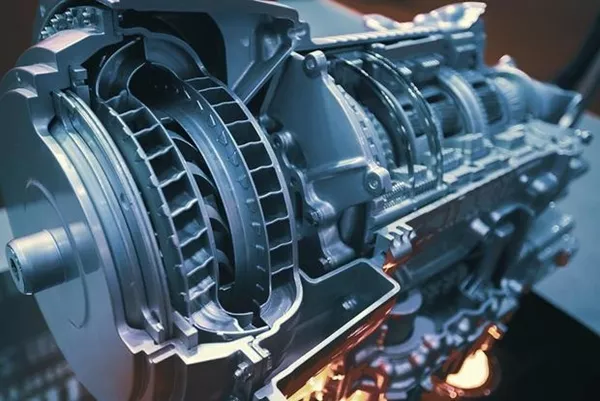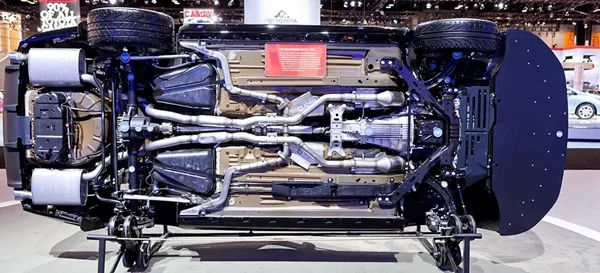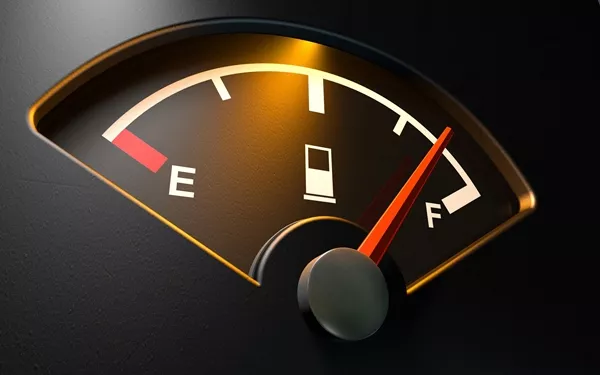Ever wondered what a dual-clutch is and how it worked? Read on know how good or bad it is; when equipped in a car. Also, how the pros and cons affect its performance too!

There are pros and cons of the dual-clutch transmission
Among other types of automotive transmission is the dual-clutch transmission which is different than other types that are equipped in cars. Other references to this kind of transmission are automated manual transmission, also manual transmission without a clutch or semi-automatic transmission; that works without using a clutch.
This power train is not equipped in most production cars; this is usually found in high-performance cars and installed in some ordinary production cars.
Dual Clutch Transmission is special because of controlled shifting with computer sensors, and hydraulics that is more complex than other drivetrains. Also; it is a cousin to automatic drive trains but with upgrades in the mechanics.
Basically, a combination of manual and automatic transmission that uses gears that have characteristics which are far different from other drive trains.
>>> Related article: Traffic in the Philippines & your automatic transmission.

The dual-clutch transmission is special because of controlled shifting with computer sensors
It also has the ability to use a semi-automatic mode by using paddles that are found in most automatic transmission cars today. In fact; those paddles are derived from race car technology too.
When driving dual-clutch transmission; there are subtle differences that differentiate it from other drive trains. All these differences make up the pros and cons of dual-clutch transmission; which are vastly different from normal manual or automatic transmission.
It used two clutches by different from other drive trains. Let's find out with Philkotse.com.
Consider the pros
1. Faster acceleration than other drive trains
Cars with double-clutch transmission are endowed with quick acceleration compared to other cars, especially when driving Italian dream machines. Shifting gears is quicker with an input shaft and output shaft, rather than one single shaft because these two shafts change gears with lesser time.

Cars with double-clutch transmission are endowed with quick acceleration compared to other cars
Both manual and automatic drive train are less athletic and subject to slower acceleration time. Overall the dual shafts create a quicker response that is better for overall performance.
>>> Read more: Continuously Variable Transmission (CVT) vs. Dual Clutch Transmission (DCT): Which is better?
2. Lack of shift shock when gears are changed
When shifting in manual drive trains; since it just uses a single shaft as input and output when shifting caused jolts. This is unavoidable for every gear change, because of how gears change when shifting from low to high gear!
But double-clutch transmission solves the problem of shock when shifting; far better and this is why race cars have better handling!
3. Fuel economy is enabled by this type of drive train
The smooth-shifting of gears with no shock or little only will allow the engine to generate smooth revs without the gears freezing up. Fuel burn and energy transfers are the smoothest for any car on the road.
One of the problems of other drive trains; is the interruption that even for a milli-second will cost power and bit of fuel too! Because of this when driving in a straight path with no stops, all the fuel burn is maximized without any lag at all too.

Fuel burn and energy transfers are the smoothest for any car on the road
4. Lack of clutch pedal to step on, when shifting gears
Driving a double-clutch transmission will take a bit of getting used to; with no clutch pedal to worry about. With the extra space left by the lack of a clutch; that leaves more legroom and foot space there. driving it would be akin to that of an automatic drive train, but with a paddle-shift instead or another means to shift gears.
5. Drivers can select a manual option or choose automatic shifting to change gears
This is what makes a double or dual-clutch transmission relatively easy to drive, with the ability to select a simulated manual or just stick to the default auto-shifting mode! Just use either paddles or buttons, or whatever is provided to shift gears manually.
>>> Also check: Ending the controversial debate: Automatic or Manual Transmission?
Presenting the cons of a dual-clutch transmission
1. It is more expensive than other drive trains to fix and maintain
This kind of transmission is expensive to equip but has been in some non-Euro cars. Using a combo of a manual and automatic transmission with electronic parts that can complicate and make maintenance a wee bit expensive.
2. There is turbo lag that is felt; when turbo mode is activated
If normal drive trains benefit from turbochargers; it is different from a dual or double-clutch transmission. Already DCT generates high horsepower, but somehow when the turbo is used, then turbo lag happens. It can’t be missed when the turbo kicks in, but the acceleration will still be the same!
3. Not all cars have this kind of drive train equipped
Most cars with dual clutches are expensive and only high-rollers or those with deep pockets can buy a high-grade DCT car that’s equipped with it. It is equipped in some ordinary production cars, but in small numbers though.
>>> Grasp your attention: The ins & outs of car transmission and drivetrain.

If normal drive trains benefit from turbochargers; it is different from a dual or double-clutch transmission
4. Some jerkiness is experienced during the shifting of gears
Just one word; any car with dual or double-clutch transmission will not be joy at low speeds! Courtesy of shakiness or jerking because of the fast gear ratio; which is not suited for city driving or going to anywhere with a speed limit. The DCT is made to for rocketing on the freeway not going about in any traffic infested metro.
5. It’s a slow start when the car is at a full stop
Having dual or double-clutch transmission-equipped is pure joy, but that changes when at a full stop! High performance is not applicable because gears shift slower than when at speed. But, it will be different when gear engages when the car is moving.

Having dual or double-clutch transmission-equipped is pure joy, but that changes when at a full stop
The dual-clutch transmission is the bomb when car performance is at its peak, this drive train is one of the more exotic and capable transmissions for any car! If anyone will have the chance to drive such a car; then this will give a heads up to handle it.
Recent posts
- Maintenance tips: DIY discovery of bad car clutch plates Jul 30, 2019
- How to drive a manual transmission car with slipping or broken clutch Jul 17, 2019
- How to troubleshoot a failing transmission Aug 16, 2022
- 9 steps to drive stick shift in manual transmission cars Nov 30, 2022
- 3 things to keep in mind when changing oil for automatic transmission cars Feb 19, 2021











